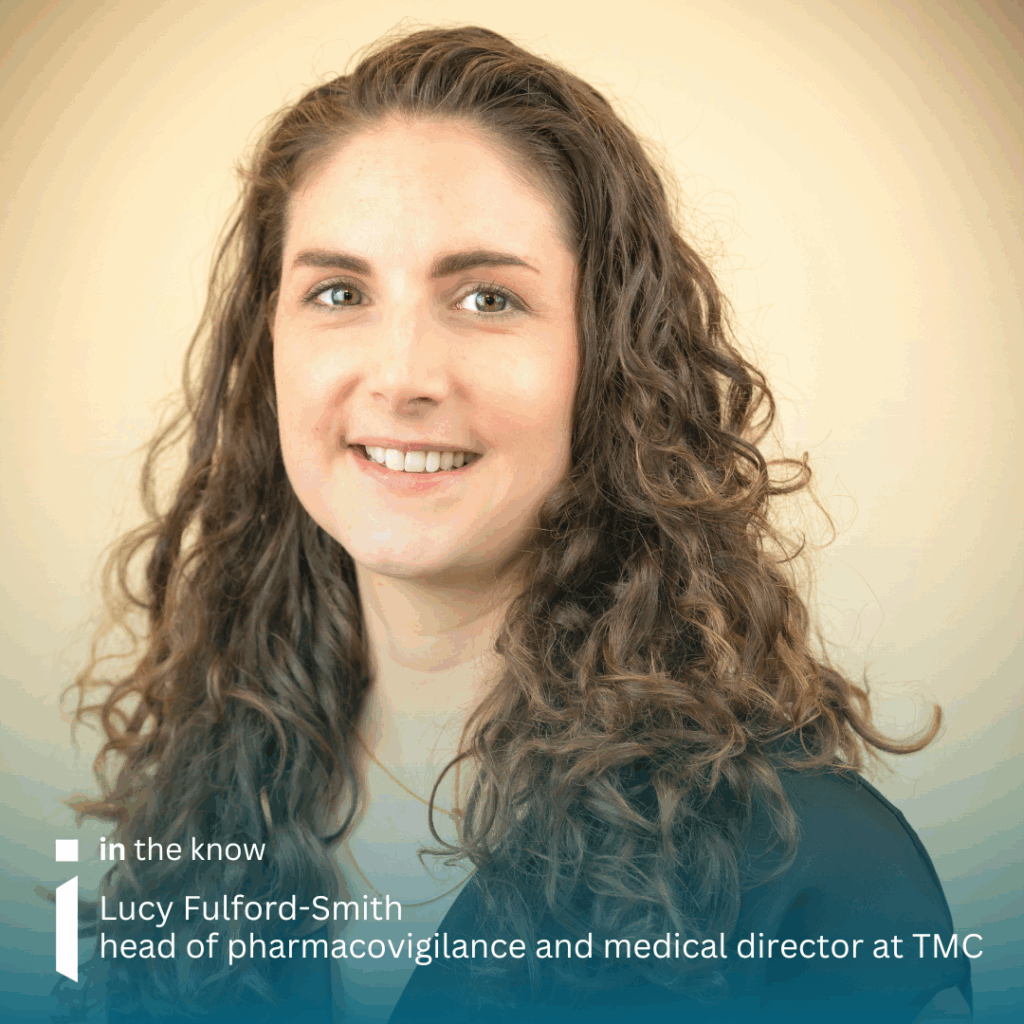The limits of traditional pharmacovigilance in rare diseases
Estimated reading time: 7 minutes


Traditional post-approval pharmacovigilance (PV) systems perform best when patient numbers are high and safety data flow is regular. But what about in rare diseases, where patient populations are small, heterogeneous and dispersed? These volume-based systems often fall short and fail to capture meaningful safety insights
Traditional pharmacovigilance (PV) infrastructure simply cannot meet the unique safety surveillance needs of rare disease therapies. In these settings, underreporting, diagnostic delays and variability in disease progression all compound the problem, making it challenging for regulators and sponsors to detect adverse events, assess benefit-risk profiles or fulfil regulatory obligations in a timely way.
This is why a new approach—one that focuses on smart, targeted and context-aware safety monitoring—is needed. Urgently.
Why traditional PV systems struggle with rare diseases
Traditional pharmacovigilance relies on the assumption that meaningful patterns will emerge from large datasets, with even relatively uncommon adverse events generating sufficient reports to trigger alerts.
So, what happens when a therapeutic may have fewer than 50 patients globally?
Setting a statistical threshold that may be appropriate for larger datasets (for example, at 1% of reports) can become challenging when dealing with small intervals and cumulative report numbers. Such parameters would effectively filter out every potential signal (1% of 10 reports = 0.1 events) and create a false sense of safety.
Fragmented patient populations also create multiple points of failure in the reporting chain.
Rare disease patients may be scattered across continents, often concentrated at specialised centres that could see only one or two patients per year with a particular condition. Equally, information may be filtered through multiple intermediaries, from patient to caregiver to local physician to specialist centre to pharmaceutical company. Each handoff is an opportunity for data to be lost or misinterpreted.
Limited natural disease history plays a crucial part here, too. Many rare diseases are diagnosed in childhood with poor survival prospects; now, thanks to new treatments, these patients may live well into their adult years. This dramatic improvement in survival rates is, of course, what we all want from new treatments. But it does mean uncharted territory for PV as safety teams find themselves evaluating adverse events against an incomplete or outdated understanding of disease natural history.
It’s also important to note that many rare diseases affect multiple organ systems simultaneously, making it difficult to distinguish between disease-related symptoms and treatment-related adverse events to create a clear clinical picture.
With no baseline understanding to go off, how do you know what constitutes normal disease progression versus treatment-related effects?
Symptoms that appear concerning may actually represent normal disease progression in older patients—progression that was simply never observed before effective treatments became available. This uncertainty extends to practical clinical decisions that have safety implications. For example, challenges can arise as a paediatric patient grows; if a treatment was developed primarily with paediatric dosing in mind, as patients grow and develop into teenagers, there may be limited safety (or efficacy) data available to guide a clinician’s decision-making.
We also have to think beyond clinical understanding to encompass broader psychosocial factors.
There’s often an assumption in healthcare, for instance, that patients with severe, life-limiting conditions will have restricted sexual activity. However, as treatments extend survival, these assumptions prove increasingly inaccurate. Young adults with rare diseases can have normal social lives, intimate relationships and reproductive desires. So, when dealing with patients who survive to reproductive age, questions should arise about drug interactions with contraception, pregnancy safety and fertility effects.
After all, treatments are about improving quality of life—not only extending life.

Understanding the regulatory landscape and operational implications
The regulatory landscape also presents operational challenges for rare disease pharmacovigilance that traditional PV systems struggle to address.
For one, the international nature of rare disease treatment creates regulatory complexities around adverse event reporting jurisdictions. Different regulatory agencies may also have varying expectations for rare disease PV, requiring sponsors to navigate multiple, sometimes conflicting, requirements.
Although orphan drug regulations were designed to facilitate access to treatments for rare conditions, they often maintain the same safety reporting requirements as conventional therapeutics. For example, sponsors may find themselves required to maintain six-monthly periodic safety update reports (PSURs) for extended periods due to limited post-marketing experience, even when conventional products would transition to longer reporting cycles. However, a six-month reporting period can be burdensome for small marketing authorisation holders (MAHs); in this period, they may capture only five adverse event reports for an ultra-rare condition, making real-time trend analysis very difficult.
Sparse rare disease safety data means that individual case reports carry disproportionate weight. Every report must be scrutinised more carefully, potentially requiring longer follow-up periods and more detailed investigation. This intensive approach, while necessary, requires significantly more resources per patient and different expertise than traditional PV operations (including specialised PV and medical expert input).
The fact that the industry currently lacks standardised methodologies for signal detection in rare disease settings is also a problem. Without established statistical frameworks, signal detection becomes more qualitative and subjective, requiring expert clinical judgment to interpret limited data. While this approach typically provides more nuanced insights than purely statistical methods, it also introduces variability and potential bias into safety assessments.
The combination of small datasets, complex attribution challenges and methodological uncertainty creates practical implications for MAHs of rare disease therapeutics, increasing the risk of delayed signal recognition.
Emerging technologies like artificial intelligence (AI), including machine learning tools, offer potential solutions but come with their own limitations. AI systems require large training datasets to function effectively—a resource that’s already scarce in rare disease contexts. However, these tools may prove valuable in other ways, such as summarising external literature, comparing real-world data sources or providing rapid education for PV teams encountering unfamiliar conditions.

A call for transformation
Given the inherent limitations of rare disease datasets, PV must evolve from one-size-fits-all approaches to tailored methodologies that account for the distinct characteristics of each rare condition.
These methodologies depend heavily on maximising the quality and utility of every piece of safety information collected and require significant human oversight, particularly when incorporating technology like AI.
To design reporting systems that are both comprehensive and practical, MAHs must understand what information is feasible to collect, how it should be collected and from whom. MAHs also need to understand their rare disease communities, including their communication preferences, their care pathways and their concerns about safety reporting before designing surveillance systems.
While the need for clinical input into every case assessment is invaluable, finding clinicians with relevant rare disease experience can be extremely difficult. This is why proactive engagement with all stakeholders (patients, caregivers, advocacy groups and healthcare providers) must begin early in development programmes, not as an afterthought in post-marketing surveillance.
Often, patients themselves and their advocacy organisations possess far more practical knowledge about living with specific conditions than the healthcare professionals tasked with treating them.
As well as proactive stakeholder engagement, PV must also move beyond traditional methods towards proactive and innovative surveillance systems. This means leveraging patient registries, real-world data sources and direct patient engagement to create comprehensive safety pictures.
Technology can be invaluable here—not to replace human judgement but to augment clinical expertise and provide new insights into rare disease natural history.
Connect with Lucy
in the know brings you the latest conversations from the RARE think tank. To access more in the know articles click below.

